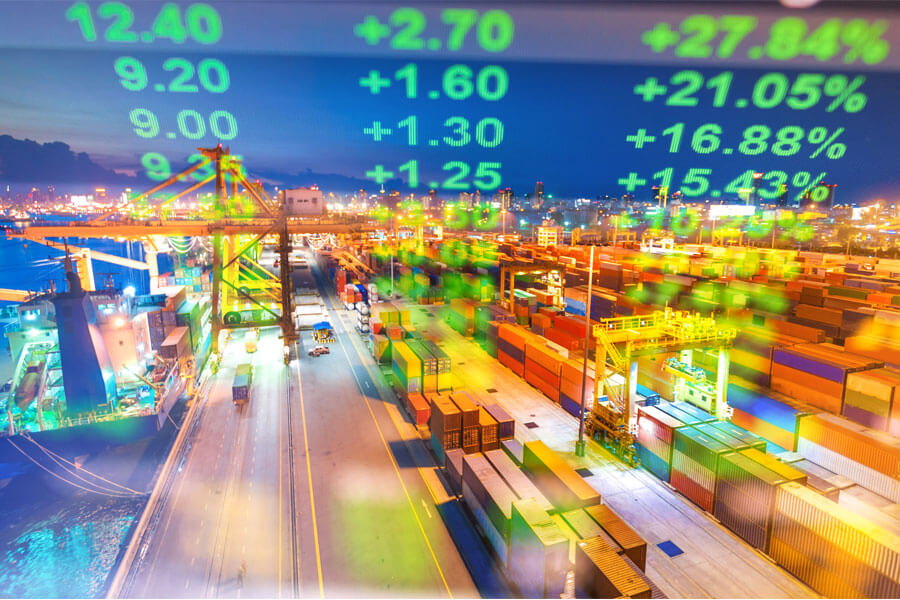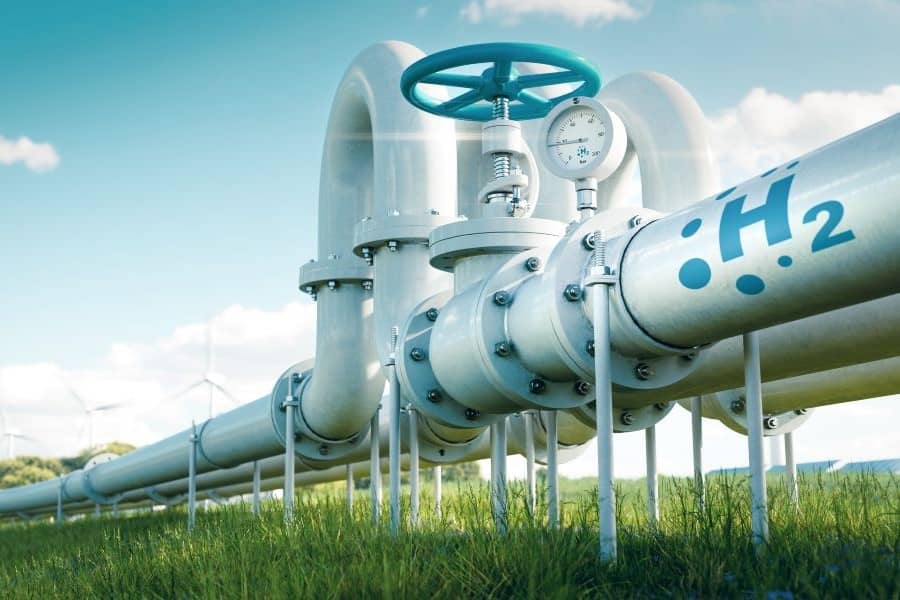Artificial Intelligence Helps Find Critical Raw Materials
August 2023 | News

Source: iStock/Yuanping
The use of artificial intelligence (AI) is opening up new opportunities in the discovery and mining of critical raw materials. Countries like China are already using this technology to find mineral resources faster and more efficiently.
The increasing demand for critical raw materials for manufacturing and application areas such as renewable energy has intensified the search for new deposits. Conventional methods are limited in their speed and accuracy, but the innovative use of artificial intelligence promises to revolutionize the discovery of deposits.
AI as a Key to the Search for Raw Materials
AI algorithms offer tremendous advantages in analyzing large amounts of data and identifying potential deposits. Machine learning, a subtype of AI, can detect patterns in extensive geological and geophysical data to indicate the presence of specific raw materials. This digitized process is faster, more accurate, and usually less expensive than traditional methods. Often tedious and time-consuming field surveys can be reduced in scope. AI can also help extend the life of existing mines by allowing the extent of the deposit to be better understood. Human expertise doesn’t become less important, however, because humans must ask the right questions before AI can provide appropriate answers. In addition, experts need to validate the results of the analyses.
China at the Forefront
The People’s Republic of China is a pioneer in the use of AI in the search for mineral resources. The country has gathered a great deal of information through many years of experience in the extraction of critical minerals such as rare earths and numerous expeditions. Those data are now being analyzed by powerful AI algorithms. According to a story in the South China Morning Post, one current project is dedicated to pinpointing rare earth deposits in a promising 1000-km-long seam in the Himalayas.
More Countries and Projects Using AI in the Search for Raw Materials
U.S.-based startup Kobold Metals also wants to use AI to locate deep deposits of battery metals and is working with mining giant BHP, which plans to exploit copper and nickel in Western Australia. This plan was confirmed by the Reuters news agency, which also reported on another project by Kobold Metals, which is engaged in exploration work at a copper mine in Zambia.
Canada, known for its rich natural resource deposits, is also seeing increased investment in AI-based resource exploration. Companies like Goldspot Discoveries are already using an algorithm to analyze geological data to identify new gold deposits.
The algorithm, developed by a team of researchers at the Carnegie Institution for Science in Washington, D.C., even offers the potential to detect raw materials in space, reports industry portal rawmaterials.net. Combined with other analysis methods, AI could be used on extraterrestrial objects such as planets or asteroids.
More Chances of Success in the Mining of the Future
Using artificial intelligence to search for critical raw materials opens up new perspectives and “can significantly increase cost efficiency and search speed,” as the German daily Tagesspiegel notes. Countries such as China, the U.S., Australia, and Canada are pioneers in this field and can point to some initial successes. The combination of human expertise and AI technologies can increase the chances of success in mining and thus secure the availability of critical raw materials for the long term.



